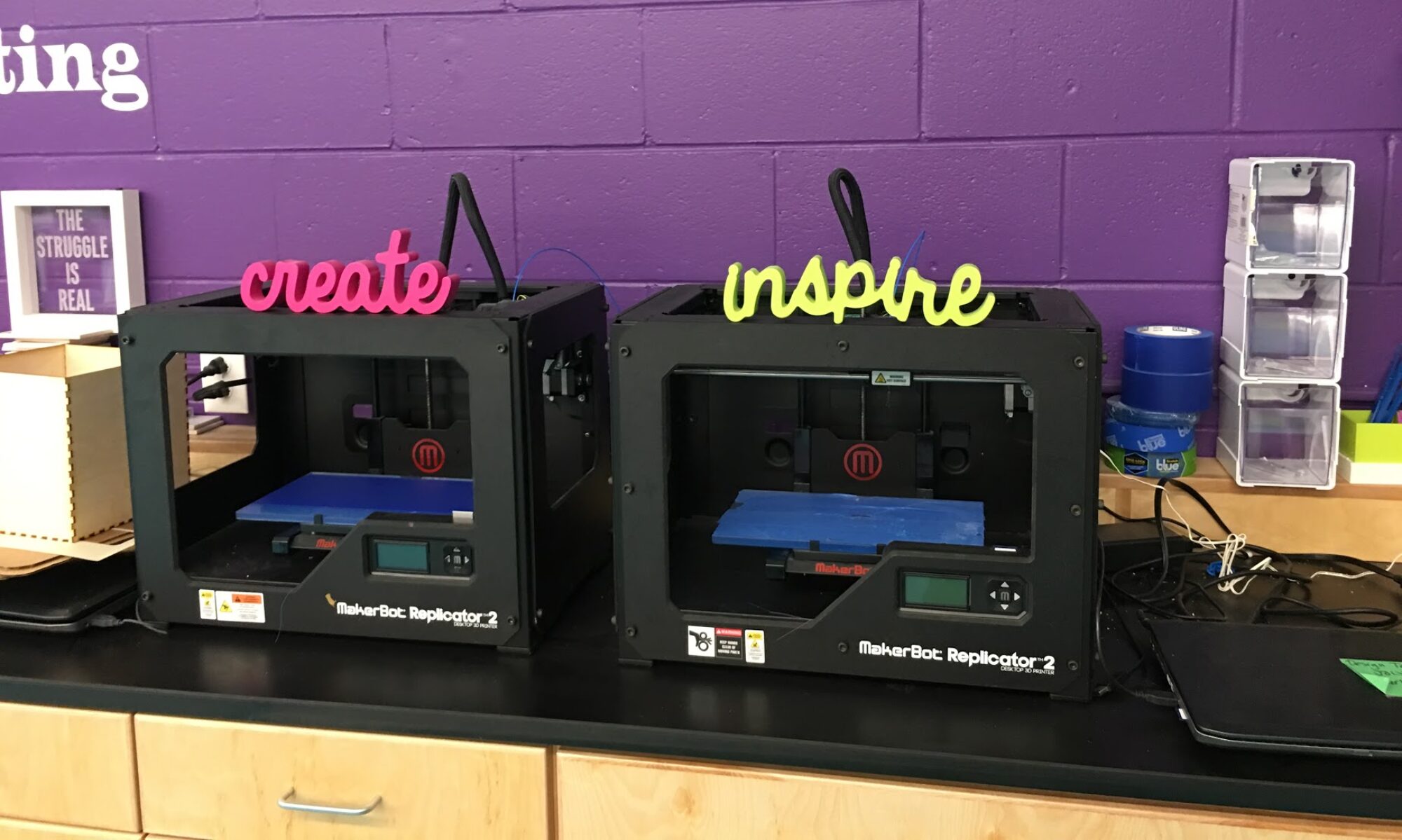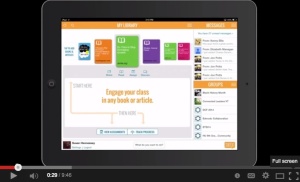The technology cannot thwart us, it can only make us stronger

As many of you are aware, I was out at Harwood Union High School this past week for the Washington West Supervisory Union (WWSU) inservice day, armed to the teeth with iPads, apps, and tips and tricks for integrating technology into the classroom in a thoughtful, comprehensive and device-agnostic way.
Well, Harwood’s wi-fi network took one look at my plans and passed out cold, a victim of shock and awe, I’m sure!
As I have no wish to cause the wi-fi further damage, let me present all my resources to you here in the pages of our very own Tarrant Institute blog.
Continue reading “Too much good stuff: a wealth of reading and curation resources for the classroom”


